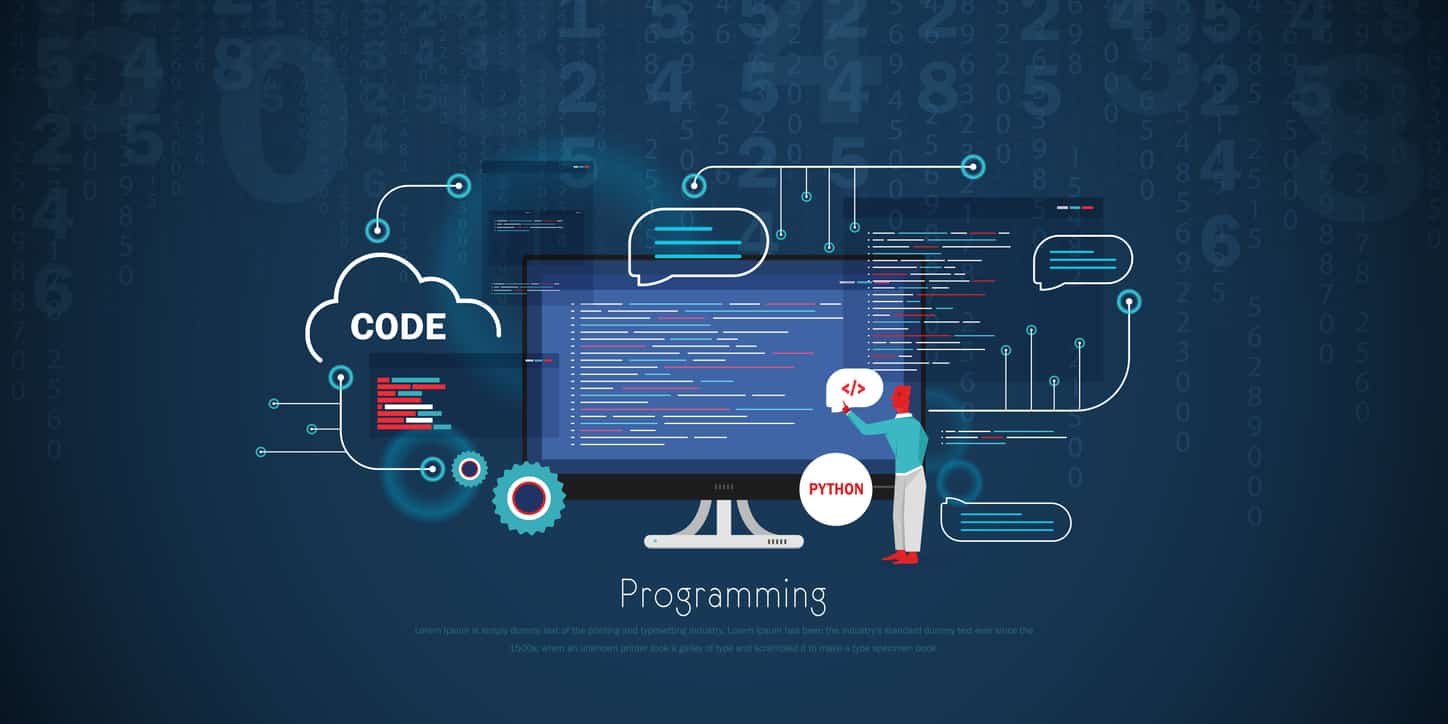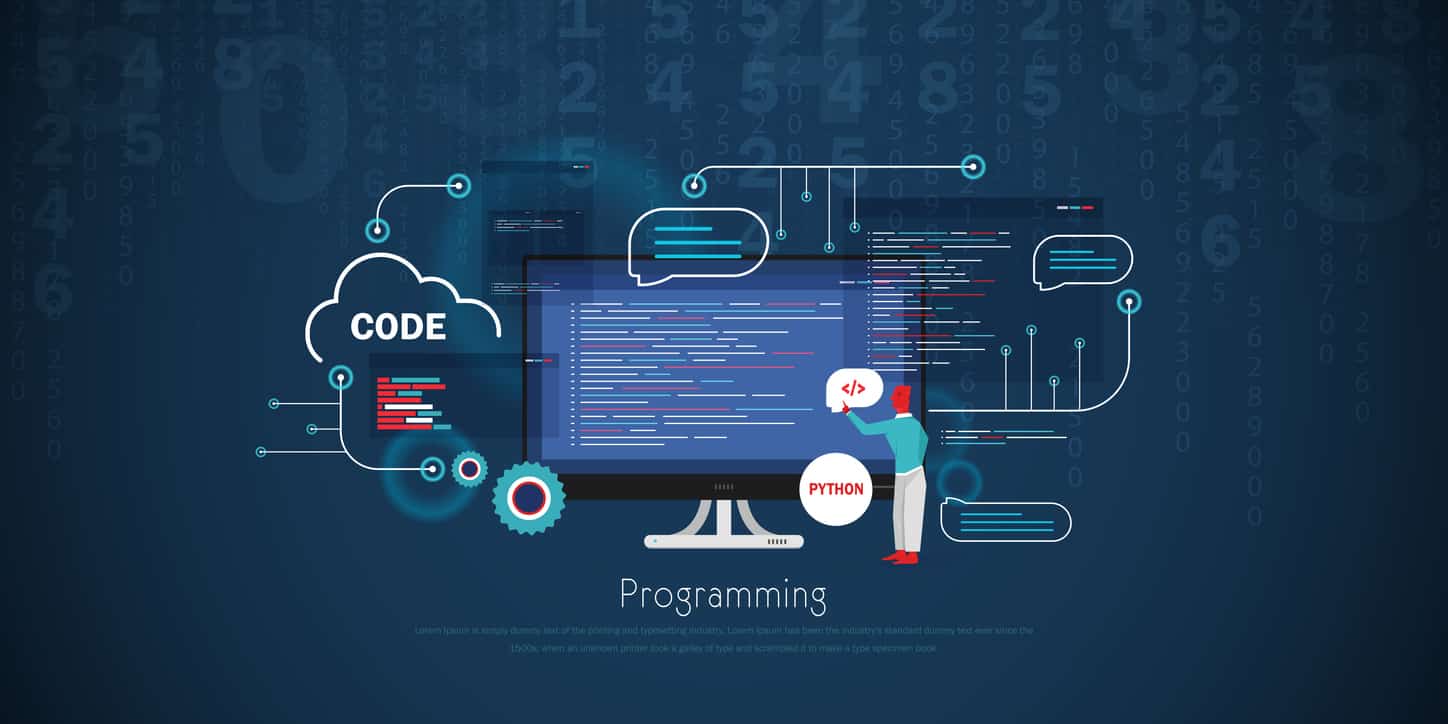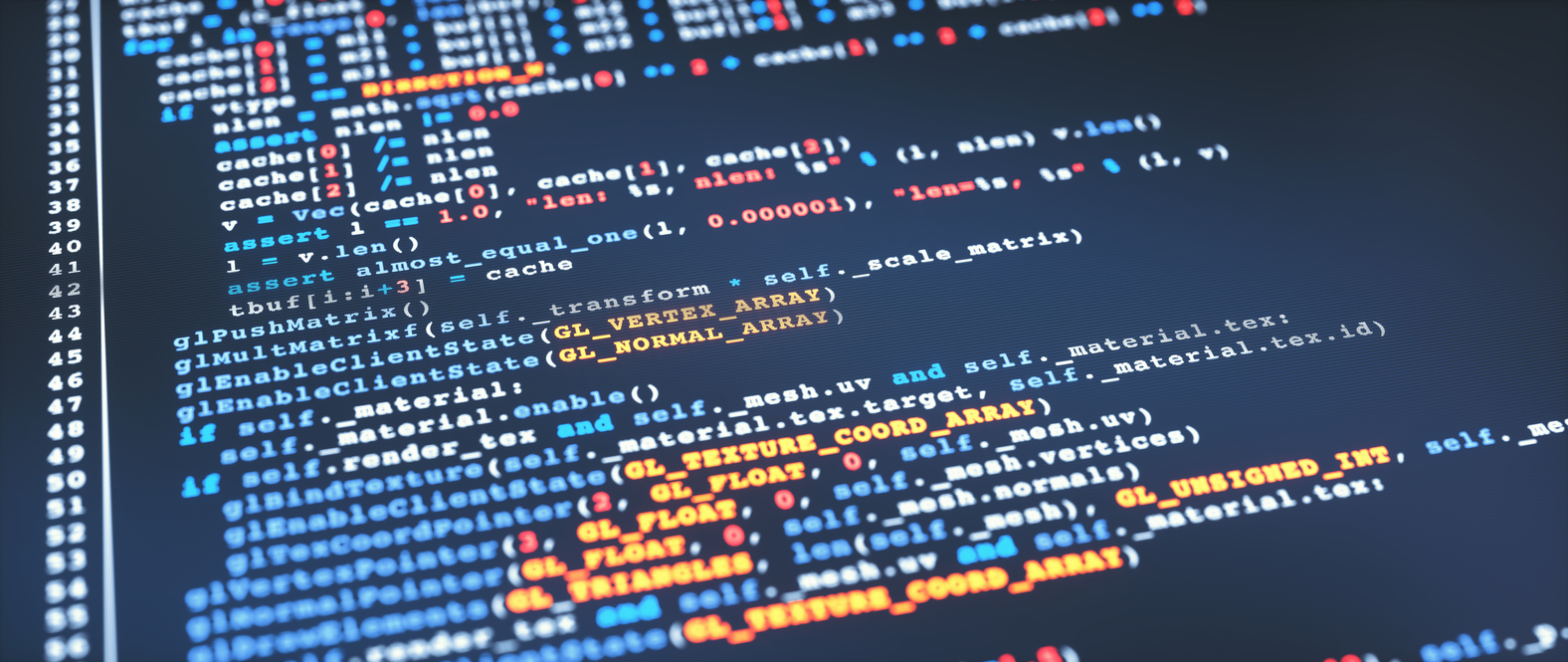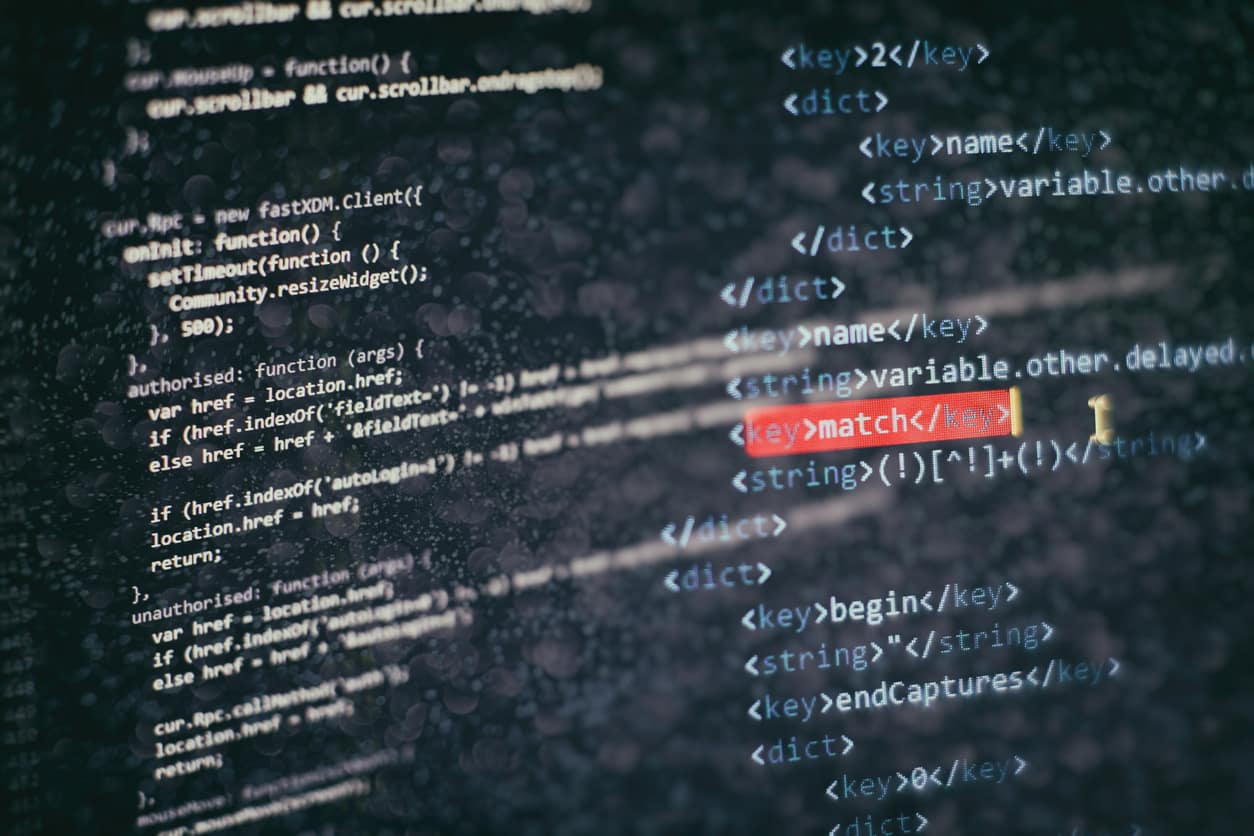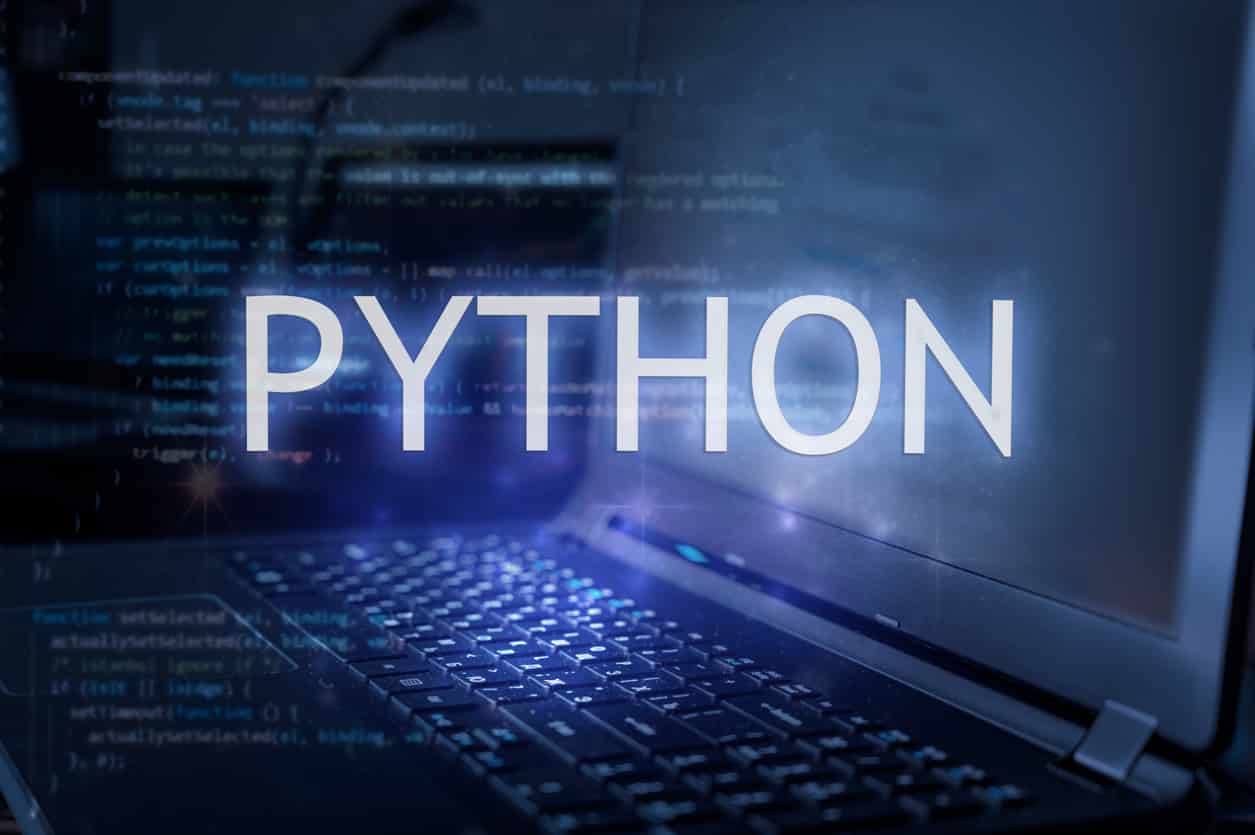- What is Python Main?
- Examples Of Python Main With Code
- What Does Python Main Do?
- What Is _name_ In Python?
- What Is If_Name_==main In Python?
- How To Setup A Main Method In Python?
- How To Call Main Function In Python?
- How To Define Main In Python?
- Conclusion
- FAQs
- The below path will guide you to become a proficient data scientist.
In the vast landscape of programming languages, Python is a versatile and powerful tool that has gained immense popularity among developers of all levels. Created by Guido van Rossum and first released in 1991, Python has evolved into a robust and flexible language known for its simplicity, readability, and extensive library support.
Python’s popularity can be attributed to its ease of use and ability to handle various tasks. Whether you’re a beginner taking your first steps into programming or a seasoned developer working on complex projects, Python provides an accessible and efficient environment that empowers you to bring your ideas to life.
One of Python’s greatest strengths lies in its emphasis on code readability. The language was designed with a clean and straightforward syntax, making it easy to read and understand. This readability not only makes Python a great choice for beginners learning the basics of programming but also enhances collaboration among teams, as code written in Python is often more intuitive and expressive.
Furthermore, Python’s versatility enables it to be used in various domains and industries. From web development and data analysis to artificial intelligence and machine learning, Python has established itself as a go-to language for a wide range of applications. Its extensive library ecosystem, including popular ones like NumPy, pandas, and TensorFlow, provides developers with a rich set of tools and frameworks to tackle complex problems efficiently.
With its performance, Python has earned a reputation as the most popular and demanding programming language to learn in software technology. To excel in Python, it is essential to understand and learn each aspect of the Python language. The Python main function is an essential aspect of Python.
This article will provide you deep insights about the main function in Python programming. Let’s start by understanding more about the term.
What is Python Main?
Almost all the programming languages have a special function which is known as the main function, and it executes automatically whenever the program runs. In the program syntax, it is written like “main().”
In Python, the role of the main function is to act as the starting point of execution for any software program. The execution of the program starts only when the main function is defined in Python because the program executes only when it runs directly, and if it is imported as a module, then it will not run. While writing a program, it is not necessary to define the main function every time because the Python interpreter executes from the top of the file until a specific function is defined in the program to stop it.
Examples Of Python Main With Code
To understand the main function in Python in a better way, let’s see the below-mentioned example without using the main method:
Input:
print(“How are you?”)
def main():
print(“What about you?”)
print(“I am fine”)
Output:
How are you?
I am fine
Explanation
Observing the above program closely, one can see clearly that only ‘Good Morning’ and ‘Good Evening’ are printed, and the term ‘What about you?’ is not printed. The reason for this is that the main function of Python is not being used in the program.
Now let’s see the following program with function call if __name__ == “__main__”:
Input
print(“How are you?”)
def main():
print(“What about you?”)
print(“I am fine”)
if __name__ == “__main__”:
main()
Output:
How are you?
I am fine
What about you?
Explanation
Observing the above-mentioned program, one question may arise in the mind why “What about you”? is printed. This happens because of calling the main function at the end of the code. The final output of the program reflects ‘How are you?’ first, ‘I am fine’ next, and ‘What about you?’ at the end.
What Does Python Main Do?
A main() function is defined by the user in the program, which means parameters can be passed to the main() function as per the requirements of a program. The use of a main() function is to invoke the programming code at the run time, not at the compile time of a program.
What Is _name_ In Python?
The ” __name__ ” variable (two underscores before and after) is called a special Python variable. The value it gets depends on how the containing script is executed. Sometimes a script written with functions might be useful in other scripts as well. In Python, that script can be imported as a module in another script and used.
What Is If_Name_==main In Python?
The characteristics of Python files are that they either act as reusable modules or as standalone programs. if __name__ == main” function can execute some code only when the Python files run directly, they are not imported.
How To Setup A Main Method In Python?
To set up the “main method” in Python first define a function and then use the “if __name__ == ‘__main__’ ” condition for the execution of this function.
During this process, the python interpreter sets the __name__ value to the module name if the Python source file is imported as a module. The moment “if condition” returns a false condition then the main method will not be executed.
How To Call Main Function In Python?
An important thing to note is that any method executes only when it is called. To call the main function, an implicit variable is used such as _name_.
How To Define Main In Python?
In Python, there are two ways to define and call the main method. Let’s see both these implementations.
1. Define In The Same File
The first implementation shows the way to define the main method in the same file. Let’s see the following steps and understand how to do this:
This should be known that Python creates and sets the values of implicit variables at the time a program starts running. These variables do not require a data type for declaring them. The __name__ is this type of variable.
During the programming phase, the value of this __name__ variable is set to __main__.
Hence first the main() method is defined and then an “if condition” is used to run the main() method.
print(“How are you?”)
def main():
print(“What about you?”)
if __name__ == “__main__”:
main()
2. Imported From Another File
The second implementation shows how to define the main method imported from another file.
To understand this, let’s first understand what modules are. A module is a program that is imported into another file to use multiple times without writing the same code again and again.
Now look at the following steps:
First, import the module in the program file to be run.
Now equate the __name__ variable in the if condition to the name of the module (imported module).
Now see that the module code will run before the code in the file calling it.
def main():
print(“What about you?”)
if __name__ == “__main__”:
main()
Conclusion
Let’s conclude this article here, also check out this free course on spyder python. We are sure that after reading this article, you are now able to illustrate many important aspects such as what the main() function in Python is, how it can be used, and how, with the help of the main() function in Python, a ton of functionalities can be executed as and when needed, how the flow of execution can be controlled, etc. We hope that you will find this article relevant to you.
If you’re looking to enhance your skills further, explore our free certification courses to advance your career
FAQs
When a Python program is run, the first thing seen is the Python main function. When a Python program runs, the function of the interpreter is to run the code sequentially and does not run the main function if imported as a module. The main function gets executed only when it runs as a Python program.
In Python, the main function acts as the point of execution for any program.
Python has no explicit main() function, however, it defines the execution point by other conventions, like the Python interpreter that runs each line serially from the top of the file.
Yes, the main method can be written in Python with the use of the “if __name__ == ‘__main__’ ” condition.
An if __name__ == “__main__” is a conditional statement or a block which is used to allow or prevent parts of code from being run when the modules are imported.
Decorators are known as one of the most helpful and powerful tools of Python. The behaviour of the function can be modified with the use of the decorators. Without any permanent modification, the working of a wrapped function can be expanded by wrapping another function, and this flexibility is provided by the decorators.
The examples of some decorators are as follows:
def divide(x,y):
print(x/y)
def outer_div(func):
def inner(x,y):
if(x<y):
x,y = y,x.
return func(x,y)
A Module in Python is a simple file that has a “. py” extension. It contains Python code that can be imported for use inside another Python Program.



